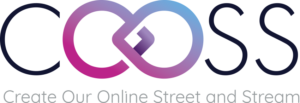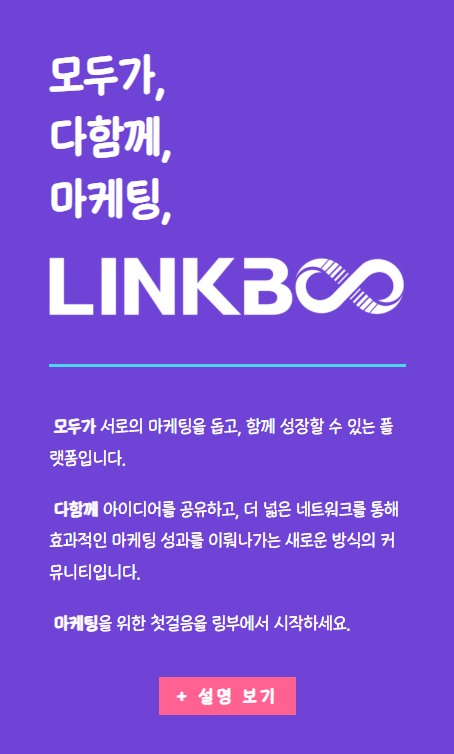Email marketing is an essential tool for both online businesses and personal bloggers, especially the welcome email sequence that plays a crucial role in building relationships with customers. In this article, we will explore how to effectively utilize the welcome sequence in email marketing from two perspectives: businesses operating online services and individuals looking to grow their influence through blogs, YouTube, etc.
Perspective of Businesses Operating Online Services
Online businesses can build trust and encourage initial engagement from customers through the welcome email sequence.
Implementation Methods
1. **Pattern Interrupt**: In the first email, use a creative and unique message instead of a standard greeting to capture the subscriber’s attention. For example, you can share product reviews or customer success stories to generate interest.
2. **Setting Expectations**: In the second email, provide a clear guide through a message from the CEO about what information the subscriber can expect to receive in the future, building trust.
3. **Social Media Connection**: In the third email, encourage subscribers to connect with social media accounts, providing opportunities to engage with customers across various channels.
4. **Utilizing Surveys**: Include a simple survey in the fourth email to understand the interests of new subscribers, laying the groundwork for personalized content delivery.
5. **Soft Selling**: In the fifth and sixth emails, introduce products or services while leveraging social proof to assist customers in their purchasing decisions.
6. **Final Push**: In the last email, ask questions that encourage subscribers to take action, strengthening the relationship.
Perspective of Personal Bloggers and Influencers
Personal bloggers and influencers can build their brand and strengthen relationships with subscribers through email marketing.
Implementation Methods
1. **Creative First Email**: In the first email, share a personal story or the vision of the blog to appeal to the subscriber’s emotions. This helps to strengthen personal connections.
2. **Setting Expectations**: In the second email, explain what content will be provided in the future and how often emails will be sent to set subscriber expectations.
3. **Utilizing Social Media**: In the third email, introduce your social media accounts and encourage subscribers to consume more content.
4. **Subscriber Feedback**: Include questions in the fourth email to gauge subscribers’ interests, improving content based on their feedback.
5. **Soft Sales Message**: In the fifth and sixth emails, naturally introduce your products or services (e.g., online courses, e-books, etc.) while building customer trust.
6. **Call to Action**: In the last email, encourage subscribers to take direct action to drive their engagement.
Conclusion
The email welcome sequence is a useful tool for both online businesses and personal bloggers. Through effective email sequences, you can build trust with customers, encourage initial engagement, and form long-term relationships. It is important to continuously improve and test to achieve optimal results.

